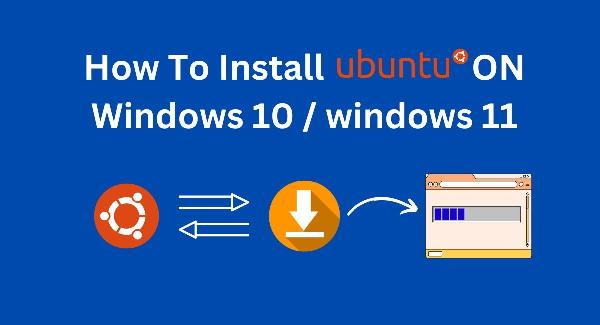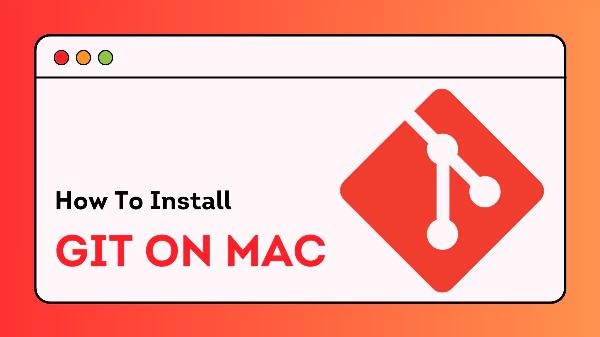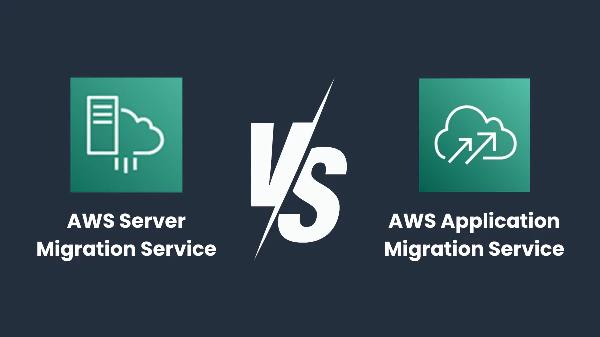How to Install Linux on Windows 11 and Windows 10 Using VirtualBox

Installing Linux on Windows 11 or Windows 10 can be a seamless and rewarding experience, especially for those looking to explore the world of open-source operating systems. In this guide, we will focus on how to install Linux, specifically Ubuntu, on Windows 11 using VirtualBox. This method ensures that you can enjoy the benefits of Linux without disrupting your current Windows setup.
What is Ubuntu?
Ubuntu is a free, open-source operating system based on the Debian Linux distribution. It is user-friendly and widely used across desktops, servers, and cloud platforms. Ubuntu is supported by Canonical Ltd., which provides a robust user experience and regular updates. It’s an ideal choice for beginners and professionals alike due to its ease of installation and use.
Why Use VirtualBox?
VirtualBox is a powerful virtualization software that allows you to run multiple operating systems on a single physical machine. Using VirtualBox to install Ubuntu on Windows 11 or Windows 10 has several advantages:
Isolation: Ubuntu runs in a virtual environment, ensuring it doesn't interfere with your primary Windows system.
Flexibility: You can easily switch between Windows and Ubuntu without rebooting your computer.
Safety: If anything goes wrong, you can delete the virtual machine and start over without affecting your Windows installation.
Steps to Install Linux on Windows 11 Using VirtualBox
Step 1: Download and Install VirtualBox
Visit the VirtualBox website and download the latest version for Windows.
Run the installer and follow the on-screen instructions to complete the installation.
Step 2: Download Ubuntu ISO
Go to the Ubuntu website and download the latest LTS (Long Term Support) version of Ubuntu.
Save the ISO file to a location on your computer.
Step 3: Create a New Virtual Machine in VirtualBox
Open VirtualBox and click on “New.”
Enter a name for your virtual machine (e.g., "Ubuntu"), and choose "Linux" as the type and "Ubuntu (64-bit)" as the version.
Allocate RAM to the virtual machine. A minimum of 2 GB is recommended, but 4 GB is ideal for better performance.
Create a virtual hard disk. Select "Create a virtual hard disk now" and click "Create."
Choose VDI (VirtualBox Disk Image) as the hard disk file type and click "Next."
Choose "Dynamically allocated" and click "Next."
Set the size of the virtual hard disk. A minimum of 25 GB is recommended. Click "Create."
Step 4: Install Ubuntu on the Virtual Machine
Select your newly created virtual machine and click "Start."
When prompted to "Select start-up disk," click the folder icon and browse to the location of the Ubuntu ISO file you downloaded. Select it and click "Start."
Ubuntu will boot from the ISO. Follow the on-screen instructions to install Ubuntu.
Choose your preferred language and click "Install Ubuntu."
Select the installation type. The default option, "Erase disk and install Ubuntu," will only affect the virtual hard disk and not your physical machine.
Follow the remaining prompts to complete the installation, including setting up your user account and password.
Once the installation is complete, restart the virtual machine when prompted.
Summary
In this guide, we discussed how to install Linux on Windows 11 using VirtualBox, focusing on the Ubuntu distribution. We covered downloading and installing VirtualBox, obtaining the Ubuntu ISO file, creating a new virtual machine, and finally installing Ubuntu within that virtual machine. This method allows users to explore and utilize Ubuntu without affecting their primary Windows installation, providing flexibility, safety, and ease of use. Ubuntu’s robust support for cloud computing, compatibility with various hardware platforms, and regular updates make it an excellent choice for both novice and experienced users. So, why wait? Install Ubuntu on your Windows 10 or 11 computer today and enjoy the best of both worlds.
Note: IndiBlogHub features both user-submitted and editorial content. We do not verify third-party contributions. Read our Disclaimer and Privacy Policyfor details.







